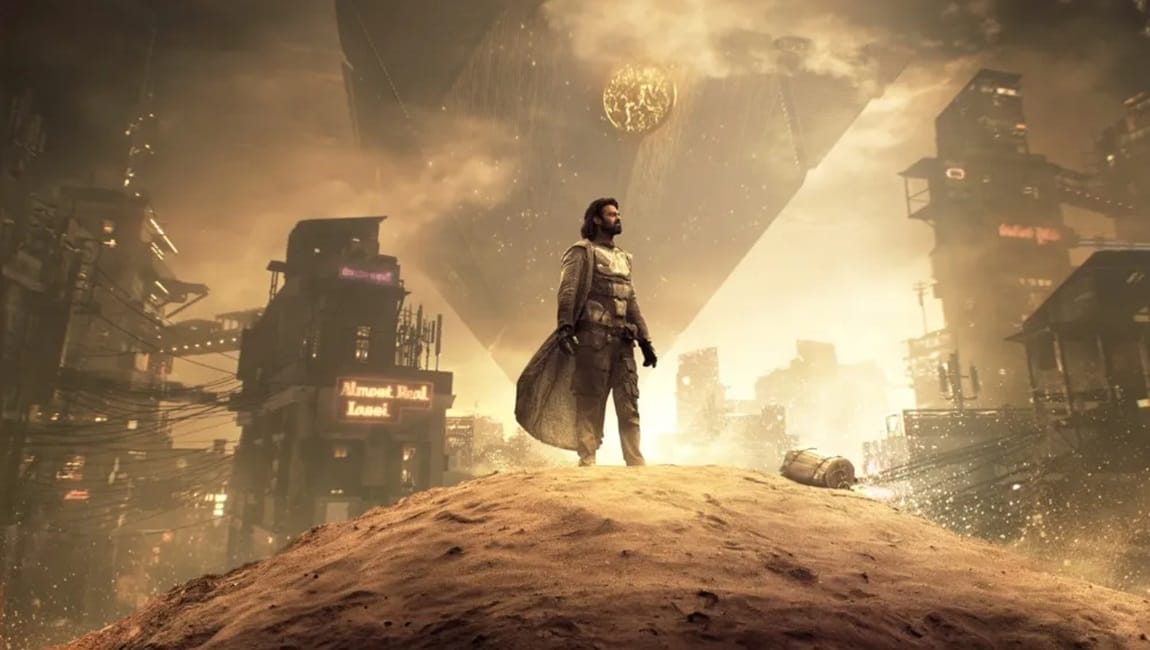Kalki 2898 AD — Nag Ashwin
There simply isn’t a more entertaining film in theaters right now.

Kalki 2898 AD, the most expensive Indian movie to ever hit the box office, is a pure delight for the eyes and full of surprises. The mythological and cataclysmic sci-fi fantasy, which takes its name from the prophesied apocalyptic final avatar of Vishnu, can be accused of many things — flattening religious difference, genre schlock, sidelining its women — but one thing director Nag Ashwin’s film can’t be accused of is being boring. From start to finish, and even at its very worst, Kalki thrills. The world that is developed feels properly expansive and perfectly dystopic, the film’s mega-stars deliver, and the visuals meet the mythology rather than conforming the its style to a real-world look and feel. There simply isn’t a more entertaining film in theaters right now.
The accusations swirling of Ashwin’s film being an Indian rip-off of Dune lack imaginative capacity and demonstrate the narrow tastes cultivated by Hollywood. Kalki has more in common with Darren Aronofsky’s Noah (2014) or the Mahabharata than it does with any rendition of Dune, while some of the apocalyptic designs of Kalki are wondrously unique and feel devoid of any influence. A single city in the world remains, ruled by a dictator who lives in a black, inverted pyramid that sits atop the city called “The Complex.” Most women are infertile, which likely has something to do with the awful conditions of life at the end of the Kali Yuga, and Supreme Yaskin (Kamal Haasan) harvests the women for a secretive project involving an injection that kills them after 120 days; they are hunting for women on the black market, hopeful they can find a fertile woman able to carry the serum for longer. That woman happens to be Sumathi (Deepika Padukone), and the child she’s carrying is believed by the rebels hiding in the mystical sublime city of Shambhala to be Kalki, the 10th incarnation of Lord Vishnu himself. The rebels, who use “for tomorrow” as a catchy call phrase, have the immortal Ashwatthama, an avatar of Shiva, on their side, and their hope for a better, more inclusive future never wavers. Nonetheless, it’s not insignificant that the ever-elder (and very gray) Ashwatthama leads the fight for the next generation. The better tomorrow that Ashwin and his filmmaking team believe in requires buy-in from the superannuated.
Continue reading at In Review Online.